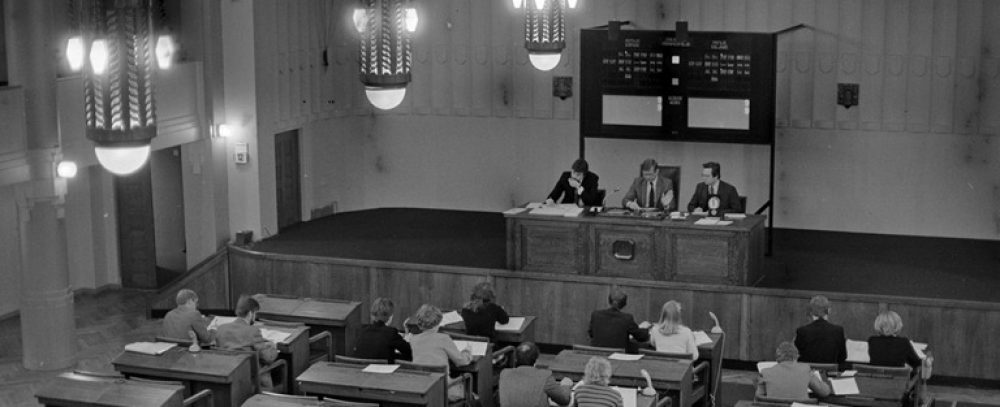Introduction
At the DIGIHIST Consortium, we make full use of the opportunities arising from the “big data revolution” in the humanities and social sciences. By working closely together on methodological issues we have developed a unique research design centered around collaboration across research institutions and empirical cases. Currently, we are 9 researchers (5 faculty and 4 doctoral students) working together on an expanding set of empirical cases.
Method
The archival “big data revolution” provides increased technical capacities, affordability, and ease to digitize and store large sets of historical data and explore it in new ways. To make full use of these opportunities, we have developed a relational database where we store, code and analyze all our data (see figure below). In addition, the relational structure of our data enables us to directly utilize modern tools for data analysis such as topic mapping, word vector analysis, and different tools for network mapping and analysis.

Empirical focus
Our current work adopts a 2 by 3 research design where we study the co-evolution of technology and regulation of three industries (financial exchanges, telecom, and forest) in two national contexts (Finland and Sweden). To date, we have gathered and digitized over 12000 unique sources and conducted over 40 oral history interviews in these cases.
| Cases | Sweden | Finland |
| Financial Exchanges | Stockholm Stock Exchange, OM (Options Exchange) | Helsinki Stock Exchange, SOM (Options Exchange) |
| Telecom | Televerket/Telia | Telecom Finland/Sonera |
| Forestry | Forest industry | Forest industry (UPM, StoraEnso…) |

